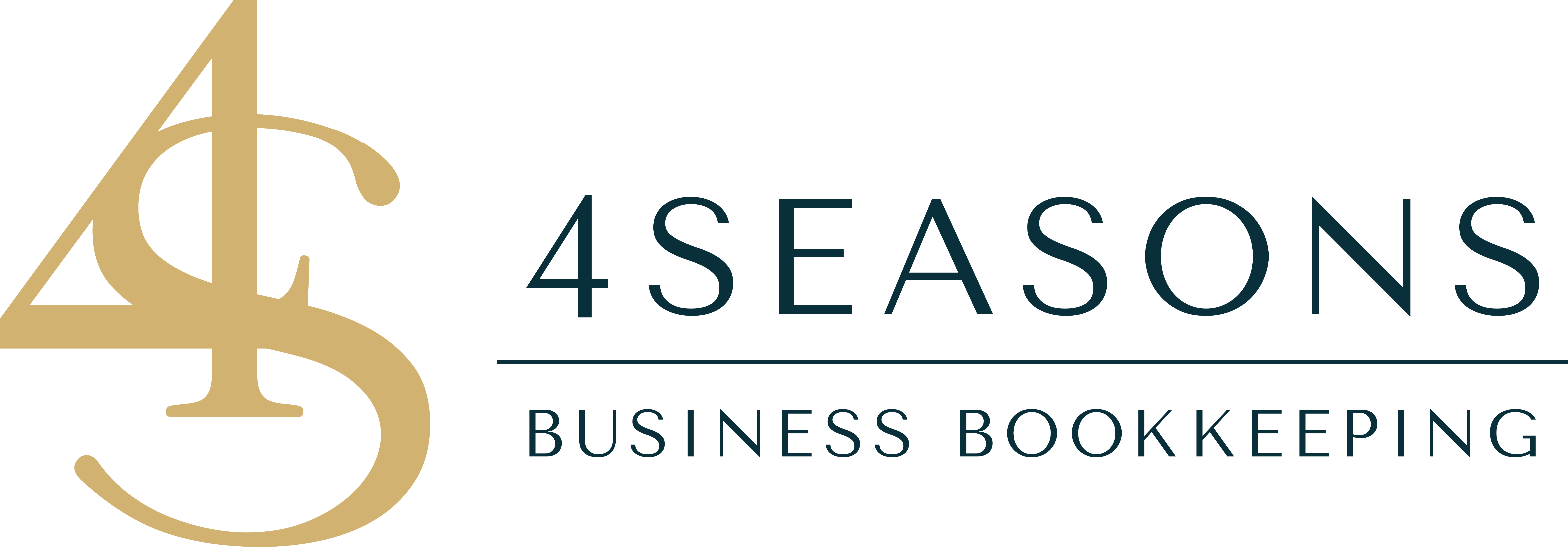Double entry accounting lowers errors and increases the likelihood that your accounts will balance. Double entry accounting has many advantages for businesses because it not only lowers errors but also aids in financial reporting and thwarts fraud.
You learn how to accurately enter transactions into a manual double entry system through bookkeeping.
No one is quite sure when double-entry accounting initially became popular, but in the late 1400s, Italian mathematician and Franciscan priest Luca Pacioli published the first codified system outlining the method.
Due to the expansion and widespread usage of double-entry accounting as a best practice in business, today’s Generally Accepted Accounting Principles (GAAP) in the United States and International Financial Reporting System (IFRS) in the rest of the world were made possible.
The benefits of using a double-entry accounting system are based on how it clearly shows that errors are present while also revealing recording problems and providing information about the types of errors that may have occurred. Because of how crucial the double-entry technique is, most widely used accounting software packages incorporate it into their systems.
Before we start…
How do you define single-entry accounting?
In a simple ledger, you often only need to input the information once to deduct the amount from the balance of your checking account. Additionally, you will only submit that information once when you deposit money into the account. You can only ever make one of the two types of entries: a debit or a credit.
You can compare your running checkbook total with your bank statement at the end of the month. If there is a discrepancy, you will probably compare the line items until you identify the mistake. This is normally easy because you only have a small number of transactions.
A single-entry accounting system can be used to manage very small enterprises’ minimal requirements, especially those that operate on a cash basis.
Who uses double entry bookkeeping?
A non-governmental organization called the International Accounting Standards Board (IASB) develops the International Financial Reporting Standards (IFRS), which are the recognized accounting principles and procedures used outside of the United States.
Public corporations are required to adopt the double-entry bookkeeping system and adhere to all GAAP or IFRS guidelines (the differences between the two standards are outlined in this article).
Double-entry accounting should be used by small enterprises that have more than one employee or intend to seek for a loan. This technique provides a more precise and thorough way to monitor the company’s financial health and rate of expansion.
The rules of double entry bookkeeping
The double-entry bookkeeping system has three main parts. As follows:
- At least two accounts in the books must be used to record every business transaction or accounting entry.
- The total reported debits and credits for each transaction must be equal.
- An organization’s total assets must always be equal to its entire liabilities plus equity (net worth or capital). There must be equality on both sides of this equation (they must balance).
Double entry bookkeeping’s advantages
Accuracy
The “matching principle” is one of the factors that makes double entry accounting so precise. The matching concept ensures that costs and revenues are related. By keeping track of both, you can calculate profit and loss with accuracy.
Eliminate errors
The financial status of a corporation might be distorted by human error. However, because double entry bookkeeping has checks and balances, it lessens the likelihood of that happening. Due to the equal quantities of the debit and credit, double entry bookkeeping makes errors simple to spot. Even while errors are significantly decreased, they are not totally eliminated.
Audit trail
By leaving a paper trail, double entry bookkeeping helps to reduce fraud. You can follow the path of transactions that were added to the general ledger thanks to audit trails. For instance, you can check the accuracy of the transactions made to the cash account if your cash balance on your balance sheet appears to be too high.
Preparing Financial Statements
Companies that employ double entry bookkeeping find it simple to generate financial statements because data is taken straight from the transactions. Companies must produce accurate financial accounts with efficiency and speed. Financial statements are used by management to develop budgets and assess the financial health of the company. Financial statements are used by third parties, such as investors, to assess a company’s creditworthiness.

